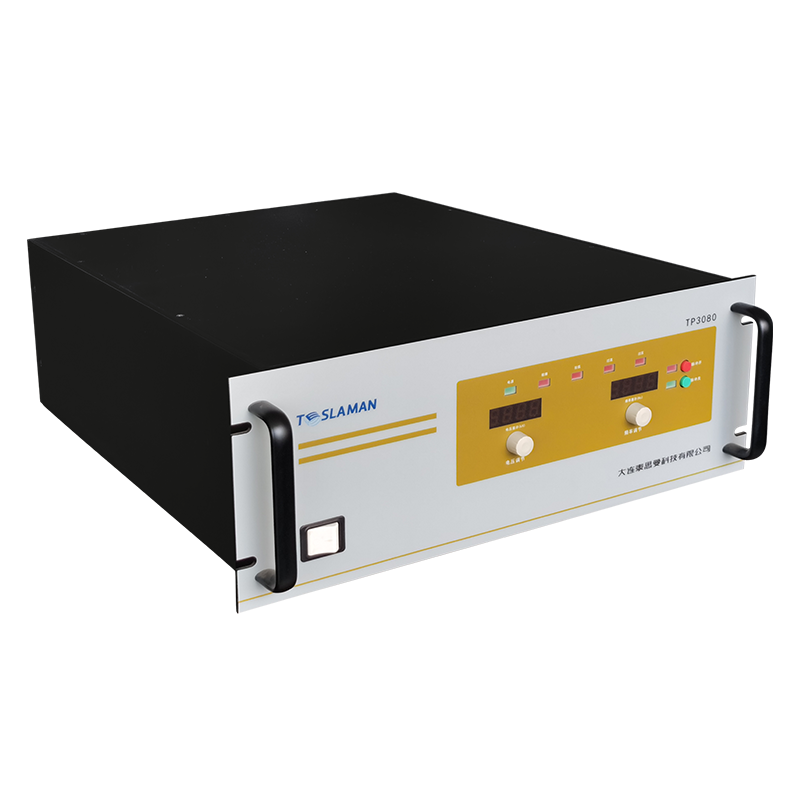Efficiency Upgrade of High-Voltage Power Supplies for Water Purifiers: Technological Innovations and Application Breakthroughs
As water treatment technology advances toward high efficiency and energy savings, high-voltage power supplies—the core power units of purification systems—directly determine purification efficiency and energy consumption. Recent breakthroughs in frequency control, topology, materials, and intelligent algorithms have significantly enhanced the overall performance of water purification equipment.
1. High-Frequency and Topology Innovations
Traditional power-frequency transformers are gradually replaced by high-frequency inversion technology due to their large size and high losses. Modern power supplies adopt a co-frequency anti-phase output architecture, utilizing dual-transformer coupling design. The primary windings include center taps, while the secondary windings employ a high-voltage ratio of 110:1 to achieve 1–6 kV AC output with synchronized frequency and reversed phases. This design reduces creepage distance and minimizes switching losses through LC resonance, extending the frequency range to kHz–hundreds of kHz and improving efficiency by over 15% . Combined with LLC resonant topology and soft-switching techniques (e.g., ZVS/ZCS), voltage-current overlap during switching is reduced, cutting switching losses by 30% .
2. Application of Wide-Bandgap Semiconductors
Wide-bandgap semiconductors like silicon carbide (SiC) and gallium nitride (GaN) are pivotal for high-voltage power supply upgrades:
High-Voltage Tolerance: SiC devices withstand voltages exceeding 20 kV, meeting the demands of water purifier electric fields.
Low Switching Losses: GaN’s electron mobility is 10 times higher than silicon’s, enabling MHz-level switching frequencies and reducing conduction losses by 75%.
High-Temperature Stability: Maintains efficiency at 120°C, suitable for continuous operation .
Experiments show that SiC-MOSFET modules improve efficiency by 8–12% and power density by 40% compared to silicon-based solutions .
3. Intelligent Control Algorithms for Dynamic Voltage Adjustment
To address load fluctuations caused by varying water quality, next-generation power supplies incorporate multi-stage adaptive control strategies:
Constant-Voltage Closed Loop: Monitors electric field voltage in real-time and maintains stable output via PID algorithms, even with ±15% grid voltage fluctuations.
Arc Suppression: Detects continuous arcing and automatically reduces voltage by 200 V within 10 seconds. If arcing persists, the supply locks and restarts after 3 minutes, gradually restoring voltage to prevent electrode damage .
Load Prediction Algorithms: Train models based on historical data to anticipate conductivity changes and adjust voltage proactively, reducing response latency to under 50 ms .
4. Thermal Management and System Integration
Efficient thermal design ensures long-term reliability:
3D Cooling Structure: Copper-aluminum composite substrates with heat pipes lower thermal resistance to 0.15 K/W.
Magnetic Component Optimization: Nanocrystalline cores reduce eddy current losses, and segmented winding techniques cut copper losses by 20% .
Modular Integration: Power and control units are layered to shorten high-voltage paths, minimizing parasitic capacitance interference. Hot-swappable designs enhance maintainability .
Conclusion
The efficiency upgrade of high-voltage power supplies for water purifiers results from interdisciplinary integration: high-frequency topologies and wide-bandgap semiconductors address energy efficiency bottlenecks; intelligent algorithms enable dynamic response; and thermal management ensures stability. Future advancements will focus on high efficiency, high density, and high intelligence, driven by digital twin-based lifespan prediction and solid-state transformers (SST), providing greener and more reliable power for the water treatment industry.




















